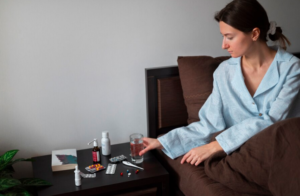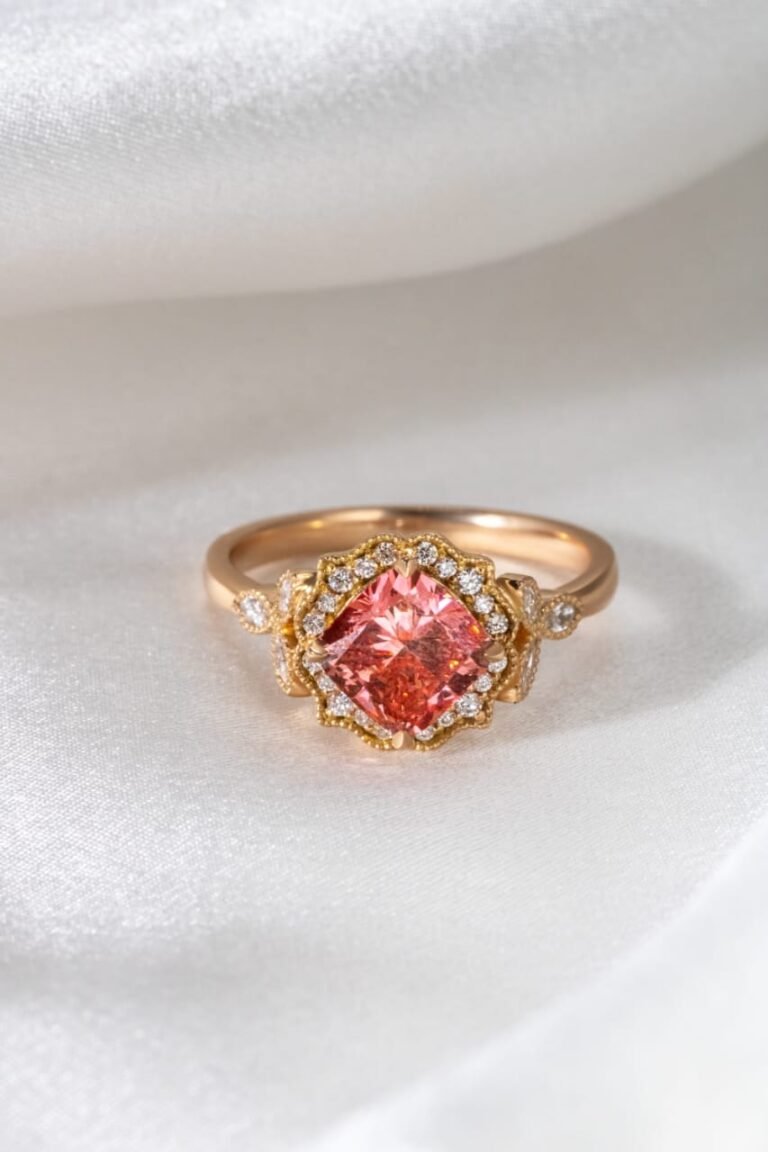In the realm of religious traditions, the attire worn by clergy is more than just clothing—it is a powerful symbol of faith, authority, and service. For women in the clergy, their robes carry additional significance, reflecting their unique role and journey within their religious communities. This article delves into the evolution, design, and impact of women clergy robes, highlighting their importance in modern worship.
Historical Background
The journey of women into the clergy has been varied and often challenging, influenced by historical, cultural, and theological shifts. Initially, when women began to take on clerical roles, they often wore adapted versions of male clergy robes. Over time, as women’s roles in religious leadership became more accepted, distinct designs for women clergy robes emerged. These designs honour tradition while embracing the uniqueness of female clergy members.
Early History
In many religious traditions, women were historically excluded from formal clerical roles. However, as social attitudes evolved, more denominations began to ordain women. With their new roles came the need for appropriate attire. Initially, women’s clergy robes were simple adaptations of male garments. This phase represented both a breakthrough and a transition, setting the stage for more tailored designs that would emerge later.
Purpose of Women Clergy Robes
Women clergy robes are designed to serve several important functions within religious traditions. Here’s an overview of their purposes:
- Symbolism and Tradition: Clergy robes symbolise the wearer’s religious authority, commitment, and the sacredness of their role. They connect the clergy to centuries of religious tradition and practice.
- Visual Distinction: Robes distinguish clergy members from the congregation, making it clear who is leading the service. This visual cue helps attendees recognize the person in authority and respect their role.
- Uniformity and Unity: Robes provide a uniform appearance for clergy, promoting a sense of unity and equality among those who lead religious services. This uniformity can foster a cohesive and organised worship environment.
- Focus on Worship: By wearing a standardised robe, clergy members can shift the focus away from personal fashion and towards the worship and religious activities they are leading. This helps maintain the sanctity and seriousness of religious services.
- Respect and Reverence: The design of clergy robes often includes elements that convey respect and reverence for the religious ceremonies being conducted. They are typically modest and dignified, reflecting the solemn nature of the role.
Evolution of Robes
The evolution of women clergy robes mirrors broader societal changes. As women gained more acceptance and prominence in religious leadership, their robes evolved to reflect this new status. These changes were not merely cosmetic; they signified a deeper recognition of women’s contributions to religious life. The introduction of tailored fits, specific symbols, and unique designs marked a significant shift towards inclusivity and respect.
Design and Features of Women Clergy Robe
Typical Design Elements
Women clergy robes are designed to convey dignity, authority, and reverence. Common features include:
- Length and Cut: Typically full-length with a flowing design, allowing for a graceful appearance during movement.
- Sleeves: Often flared or bell-shaped, adding a touch of elegance and facilitating ease of movement during ceremonies.
- Collar Styles: Vary from high collars to open necks, depending on tradition and personal preference. High collars often signify a more formal or traditional approach, while open necks may offer a modern or relaxed style.
Symbolism
Colours and symbols used in clergy robes carry deep meanings:
- White: Symbolises purity and holiness, often worn during significant ceremonies such as weddings and baptisms.
- Purple: Represents penance, preparation, and reflection, frequently used during liturgical seasons like Advent and Lent.
- Red: Signifies the Holy Spirit and is typically worn on Pentecost and other celebrations of the Spirit’s presence.
- Embroidery: Religious symbols like crosses, doves, or vine patterns enhance the robe’s spiritual significance. These symbols are often placed strategically to highlight the wearer’s role and the sanctity of their duties.
Materials
Quality fabrics are chosen for their durability and comfort:
- Polyester Blends: Easy to maintain and durable, suitable for everyday wear.
- Natural Fibres: Wool and cotton offer comfort, especially during long services. They also provide breathability and a natural feel, which can be particularly important in varying climates.
- Synthetic Fabrics: Rayon or nylon offer additional options that can be comfortable and stylish.
Variations by Denomination
Different religious traditions have their own specific styles and requirements for clergy attire:
- Anglican and Episcopal: Women clergy might wear cassocks and surplices, accessorised with stoles in liturgical colours. These garments are often richly decorated, reflecting the historical depth of these traditions.
- Methodist: Simpler robes focusing on functionality. Methodist clergy might favour plain, unadorned robes that emphasise humility and service.
- Pentecostal: Contemporary designs reflecting vibrant worship styles. Pentecostal robes may feature bright colours and dynamic patterns that align with their expressive worship practices.
- Protestant Denominations: Some Protestant denominations, like certain Baptist churches, don’t have mandated clergy attire, allowing for more individual expression in garment selection.
For example, in the Episcopal Church, women might wear an alb and chasuble, symbolising purity and the Holy Spirit’s grace. In contrast, Pentecostal traditions may favour more modern, dynamic designs that align with their worship practices. These denominational differences highlight the diverse ways in which religious traditions express their unique identities and values through clergy attire.
Practical Considerations
Comfort and Functionality
Clergy robes must allow for ease of movement and practicality:
- Ease of Movement: Essential for activities like officiating weddings or baptisms. The design must accommodate a range of movements without restricting the wearer.
- Practical Features: Pockets and adjustable closures are often included. These features enhance the robe’s usability, allowing clergy to carry essential items discreetly.
Customization and Personalization
Women clergy often seek robes that reflect their personal style and denominational requirements:
- Custom Embroidery: Adds a personal touch with unique symbols or initials. Customization allows clergy to incorporate elements that are meaningful to them or their congregations.
- Colour Combinations: Tailored to personal preference or liturgical significance. Some clergy may choose colours that reflect specific religious seasons or even their ranking or area of expertise within their denomination.
- Tailored Fits: Ensure comfort and a professional appearance. Tailoring can also enhance the robe’s aesthetic appeal, making the wearer feel confident and respected.
Contemporary Trends
Modern clergy robes reflect changes in society and fashion:
- Inclusivity: Designs now cater to all body types and sizes. This shift towards inclusivity ensures that all clergy members feel represented and comfortable.
- Contemporary Fabrics and Cuts: Blend traditional elements with modern aesthetics. Innovations in fabric technology have led to robes that are both durable and stylish.
Fashion influences are evident in the sleek lines and updated silhouettes of some modern clergy robes, making them both functional and stylish. These contemporary trends reflect a broader movement towards embracing diversity and individuality within religious traditions.
Significance and Impact
Clergy robes play a crucial role in religious worship:
- Visual Representation: They distinguish clergy from the congregation, emphasising their leadership role. This visual distinction helps congregants recognize and respect the clergy’s authority.
- Symbol of Authority: For women, wearing a clergy robe is an affirmation of their spiritual authority and commitment. It represents their dedication to their faith and their community.
Wearing a clergy robe can be empowering for women, reinforcing their identity and role within their religious communities. This visual affirmation is particularly significant in traditions where women clergy are still working towards equal recognition. The robe serves as a powerful reminder of their rightful place in the religious landscape.
Communities That Must Use Women Clergy Robes
Women clergy robes are used in various religious communities where women serve in leadership roles. Key denominations include:
- Anglican/Episcopal Churches: Women wear cassocks, surplices, and stoles, reflecting liturgical tradition.
- Methodist Churches: Simple, functional robes emphasise service and humility.
- Lutheran Churches: Albs and stoles are common, especially in the Evangelical Lutheran Church in America (ELCA).
- Presbyterian Churches: Geneva gowns and stoles are worn, highlighting equal leadership roles.
- United Church of Christ (UCC): Albs and stoles reflect the church’s inclusive nature.
- Pentecostal/Charismatic Churches: Contemporary robes align with dynamic worship practices.
- Unitarian Universalist Association (UUA): Colourful and diverse robes represent inclusive theology.
- Roman Catholic Womenpriests (RCWP): Traditional vestments like albs and chasubles are used, despite unofficial status.
- Reformed Churches: Geneva gowns and stoles are common in denominations like the Reformed Church in America (RCA).
- Baptist Churches: Progressive branches like American Baptist Churches USA may use robes, though practices vary.
These robes symbolise the authority, tradition, and unity of women in religious leadership.
Conclusion
Women clergy robes have evolved beyond mere garments, becoming powerful symbols of faith, authority, tradition, and personal expression. Their journey reflects the changing role of women in religious leadership, marked by a shift towards inclusivity and recognition.
The design elements, variations, and practicality of these robes all contribute to their significance in modern worship. They visually distinguish clergy, embody spiritual authority, and empower women within their communities.
As religious traditions adapt, the future of women clergy robes promises continued innovation. We can expect an emphasis on comfort, inclusivity, and personalization, ensuring these garments remain a vital part of religious worship and a testament to the ongoing journey of women in spiritual leadership.
This exploration not only honours the past but also embraces the future, solidifying the importance of women clergy robes in religious life. Their enduring presence reflects the broader movement towards equality and recognition for women in all areas of society.
















+ There are no comments
Add yours